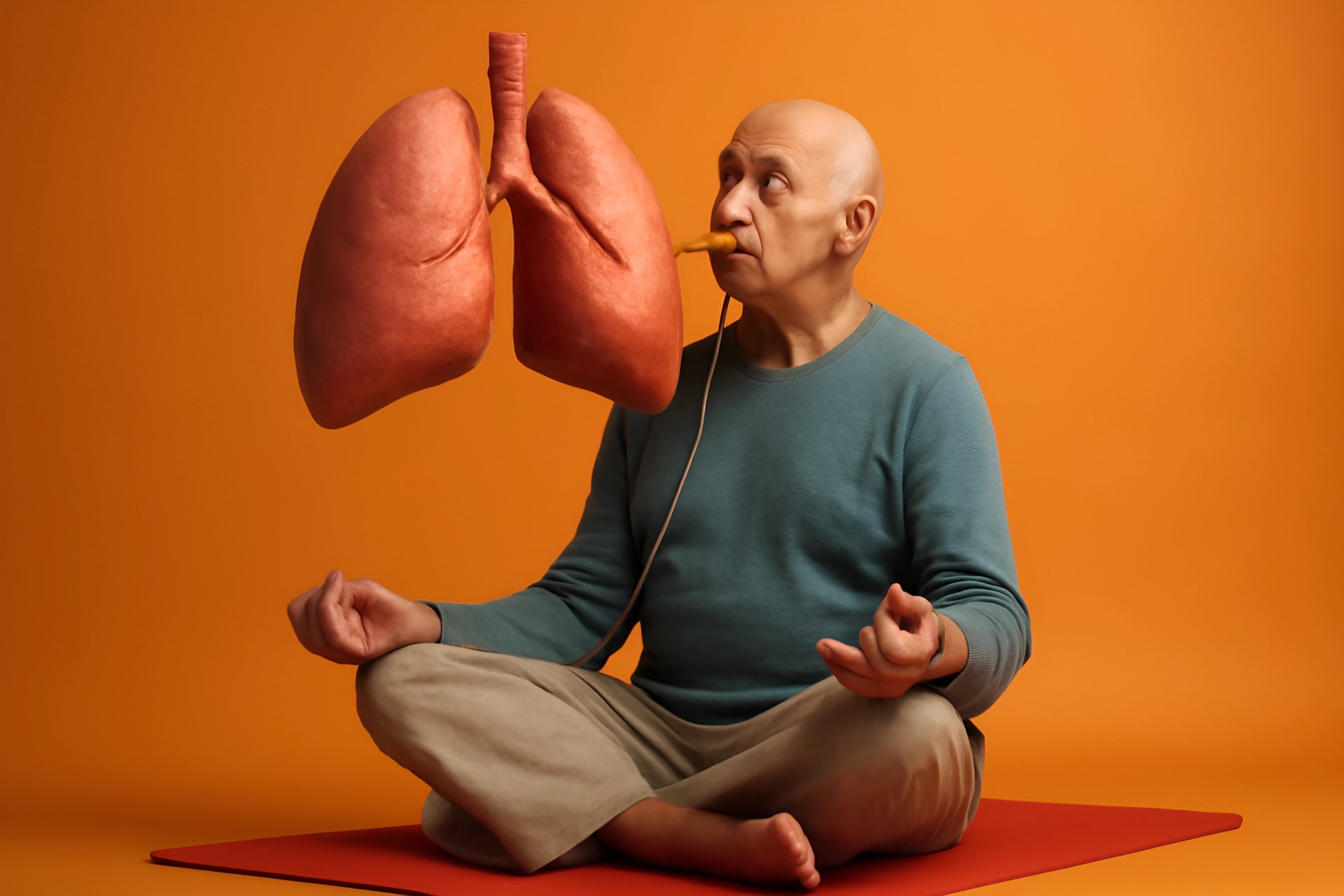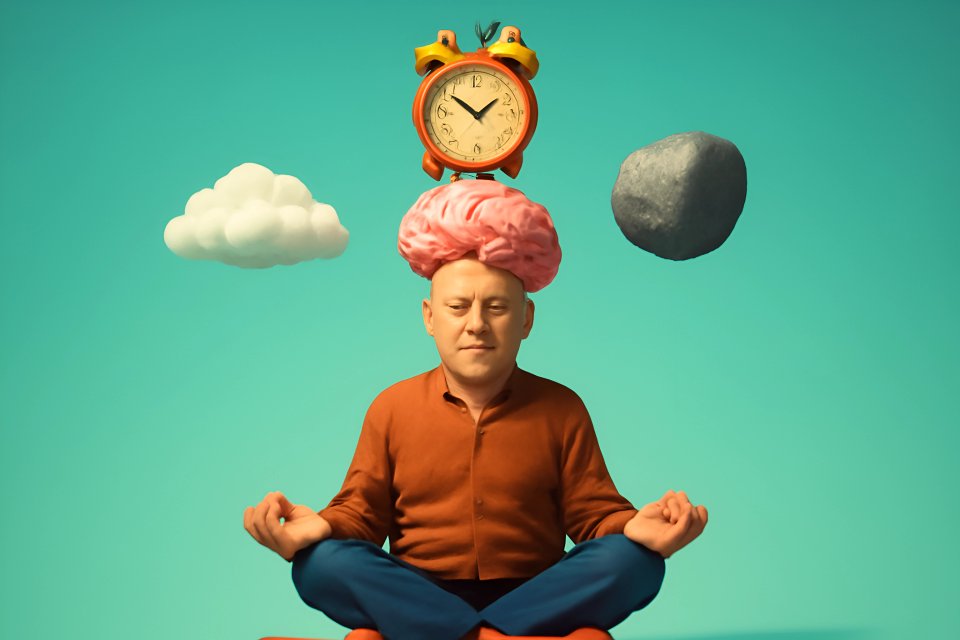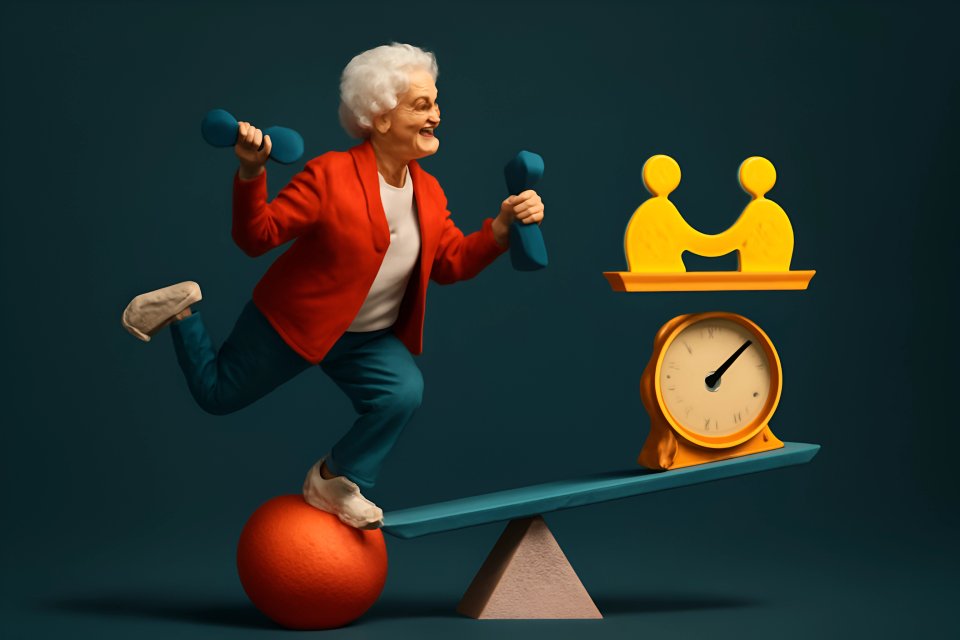
Your Blueprint for a Thriving New Chapter
Does one day sometimes blend into the next? As we navigate life after 50—whether that means retirement, an empty nest, or simply a new pace—the lack of a built-in structure can feel both freeing and overwhelming. You have the time, but where does it go?
You know you want more. You crave a day filled with energy, purpose, and joy, not a rigid chore list that feels like a prison. You’re looking for a supportive framework that serves you, one that respects your body’s wisdom and fuels your desire for a vibrant life.
This is your guide to crafting that very framework: a sustainable daily routine for wellbeing after 50. Forget the punishing schedules of the past. We will show you how to build a flexible, joyful rhythm that nourishes your body, calms your mind, and fuels your spirit for the incredible years ahead.
Why a Daily Routine is Your Secret Weapon for Aging with Vitality
Let’s get one thing straight: a routine isn’t about restriction. It’s about liberation. It’s the solid ground beneath your feet that gives you the freedom to leap, to explore, and to live fully without being bogged down by the small stuff.
It Provides Comforting Structure and Purpose
Think about how much mental energy you spend each day just deciding what to do next. A simple routine eliminates that decision fatigue, giving you an incredible sense of control and security. It provides a predictable rhythm that your brain can rely on, freeing up precious mental space for creativity, connection, and joy.
This structure isn't just about efficiency; it's about purpose. Each small, completed action—from making your bed to taking a walk—sends a powerful signal to your brain: I am in control. I am accomplishing things. This builds a profound sense of self-reliance and forward momentum.
It Supports Your Physical Health Goals
Consistency is the magic ingredient for physical health, especially after 50. Sporadic workouts and haphazard meals won’t deliver the results you deserve. A daily routine ensures you get the consistent movement needed to support heart and bone health and protect your independence.
Regular meal times help stabilize your blood sugar and energy levels, preventing those afternoon slumps. Most importantly, a consistent schedule dramatically impacts your sleep. The CDC notes that quality sleep is essential as we age, and a predictable routine is one of the most effective ways to achieve it.
It Calms the Mind and Reduces Anxiety
Our brains are wired to find comfort in predictability. When your day has a familiar flow, it lowers the production of the stress hormone cortisol, creating a baseline of calm instead of a constant state of low-grade worry. You’re no longer reacting to a chaotic day; you’re proactively shaping a peaceful one.
This newfound mental quiet creates the perfect environment for mindfulness to flourish. Instead of your mind racing with "what-ifs," you have the space to simply be present. As experts at Wesley Life suggest, incorporating movement in enjoyable forms into your routine is a powerful, proactive way to manage stress and boost your mood.
It Builds Momentum
What’s the secret to achieving big health goals? It’s not a single, heroic effort. It’s the unstoppable power of small, daily actions compounding over time.
Each day you stick to your gentle routine, you are casting a vote for the healthy, vibrant person you want to be. That morning glass of water, that five-minute stretch, that evening walk—they seem small in the moment. But together, they build an unbreakable chain of wellness that supports your long-term health and fierce independence.
The Building Blocks of a Balanced Daily Routine Over 50
Creating a holistic health routine for older adults doesn't have to be complicated. The key is to think in terms of gentle, supportive blocks of time, each with a simple purpose. Here is a blueprint you can adapt to fit your unique life and energy levels.
The Morning Foundation: Setting a Positive Tone (Approx. 7 AM - 10 AM)
Your morning sets the stage for your entire day. Instead of rushing into it, treat these first few hours as a sacred opportunity to connect with yourself. Start with the simplest, most powerful act: a full glass of water to rehydrate your body after a night of rest.
Next, awaken your body with gentle movement. This isn’t a grueling workout; it’s a loving wake-up call for your muscles and joints. A simple step-by-step home mobility routine or a few minutes of stretching can make a world of difference. Follow this with a mindful moment—a few deep breaths, journaling one thing you’re grateful for, or trying one of these mindfulness and meditation techniques for stress relief.
Finally, fuel your body for the day ahead. A protein-rich breakfast is crucial for stabilizing blood sugar and providing the sustained energy you need to thrive. This simple combination of hydration, movement, mindfulness, and nutrition creates an unshakable foundation for vitality.
The Midday Anchor: Maintaining Energy and Engagement (Approx. 12 PM - 4 PM)
The middle of the day is your time to engage with the world and pursue what brings you joy. Start by honoring your body with a mindful, balanced lunch, preferably eaten away from screens to help you savor your food and aid digestion. This is the core of your day, where you schedule your purposeful activity.
This activity is whatever fills your cup. It could be a planned workout, like one from our guide on how to build a low-impact exercise routine, time spent gardening, or a creative hobby. According to WebMD, regular physical activity can even help reduce the risk of cognitive decline by improving blood flow to the brain.
Don’t forget to engage your mind and your heart. Challenge your brain with a puzzle, a book, or learning something new. And make social connection a priority. The CDC emphasizes that staying connected is vital for mental health as we age, so call a friend, chat with a neighbor, or meet someone for coffee.
The Evening Wind-Down: Preparing for Restorative Rest (Approx. 7 PM - 10 PM)
How you end your day is just as important as how you begin it. The goal of the evening is to gently signal to your body and mind that it’s time to prepare for deep, restorative sleep. Start with a light, easily digestible dinner that won’t disrupt your rest.
Implement a digital sunset. Power down all screens—your phone, tablet, and television—at least an hour before bed. The blue light from these devices can interfere with your body's natural production of melatonin, the sleep hormone. For a deeper dive, explore these practical evening routines for restful sleep.
Create a relaxation ritual that you look forward to. This could be a warm bath, listening to calming music, reading a physical book, or doing some gentle stretches. Finally, aim for a consistent bedtime. As experts at Ohio State University note, going to bed and waking up at the same time is one of the best ways to improve rest quality.
The FitOverFifty Method: How to Make Your New Routine Sustainable
A perfect routine on paper is useless if you can’t stick with it. The secret isn’t willpower; it’s strategy. Here is our proven method for making your new habits last a lifetime.
Start Small, Not All at Once
This is the golden rule. The fastest way to fail is to try and change everything at once. Overwhelm is the enemy of sustainability.
Your mission this week is to pick just ONE new habit to add to your routine. Maybe it’s the glass of water in the morning. Maybe it’s the five minutes of stretching. Master that one thing until it feels automatic, then—and only then—add the next small piece.
Use "Habit Stacking"
Link your new, desired habit to a powerful, existing one that you already do without thinking. This is a technique called habit stacking, and it’s incredibly effective. Don't just say, "I will stretch more."
Instead, be specific: “After I pour my morning cup of coffee, I will do my 5 minutes of stretching by the kitchen window.” The coffee is the trigger. The stretching is the new habit. By linking them, you are wiring the new behavior directly into your brain’s existing pathways.
Be Flexible, Not Rigid
Life happens. Some days you’ll be bursting with energy; other days you’ll feel tired. A sustainable routine has wiggle room built in.
If you miss your morning walk, do not scrap the entire day and wallow in guilt. That’s the old way of thinking. The new way is to simply acknowledge it and get right back on track with your next planned activity. It’s about consistency over a lifetime, not perfection in a single day.
Listen to Your Body
This is absolutely non-negotiable after 50. Your body possesses incredible wisdom, and it’s time to start listening to its signals. Pushing through pain is not a badge of honor; it’s a recipe for injury and burnout.
Some days, a brisk walk will feel fantastic. On other days, gentle stretching might be all your body needs. Adjust your activity level accordingly, without a shred of guilt. Honoring your body’s needs is the ultimate act of self-care, and as Wesley Life reminds us, self-care is not selfish but necessary.
Track for Motivation, Not Judgment
Get a simple notebook and jot down your successes. This isn’t for judging your failures; it’s for celebrating your progress. Seeing "I've walked every morning for a week!" written down is a powerful psychological boost.
This simple act of tracking provides tangible proof that your small efforts are adding up. As WebMD suggests, you can even use technology to monitor progress with fitness trackers or apps if that motivates you. The goal is to create a positive feedback loop that makes you excited to continue.
Sample Daily Routines for Mental and Physical Health for Seniors
Ready to see what this looks like in action? Here are two sample daily routines for mental and physical health for seniors to spark your imagination. Remember, these are just templates—the real magic happens when you customize them for your life.
Template 1: The "Active & Social" Day
| Time Block | Activity |
|---|---|
| Morning | Brisk 30-minute walk with a friend, followed by a protein smoothie and coffee. |
| Midday | Volunteer shift at the local library, followed by lunch with the volunteer group. |
| Evening | Light dinner, a long phone call with family, and an hour of reading a novel before bed. |
Template 2: The "Quiet & Reflective" Day
| Time Block | Activity |
|---|---|
| Morning | 15 minutes of gentle yoga and meditation, followed by oatmeal with berries and tea. |
| Midday | An hour of gardening or working on a creative hobby like painting, followed by a quiet lunch. |
| Evening | A light soup for dinner, listening to a favorite podcast or classical music, and gentle stretching before bed. |
Use these as inspiration! The best routine is the one you design for your life, your energy levels, and your joy.
Conclusion: Your Routine, Your Vitality
A sustainable daily routine is so much more than a schedule. It is your personal framework for living with boundless energy, unshakeable purpose, and deep satisfaction after 50. It’s built not on rigid rules, but on small, consistent, and joyful actions that support both your body and your mind.
Remember, this is your next great chapter, and you are the author. You have the power to design your days to reflect the health, happiness, and vitality you so richly deserve. It is never, ever too late to begin.
What is one small, joyful habit you plan to add to your daily routine this week? Share your commitment in the comments below—we’d love to cheer you on!
For more ideas on building your activity block, check out our guide on How to Build a Low-Impact Exercise Routine Over 50.
















